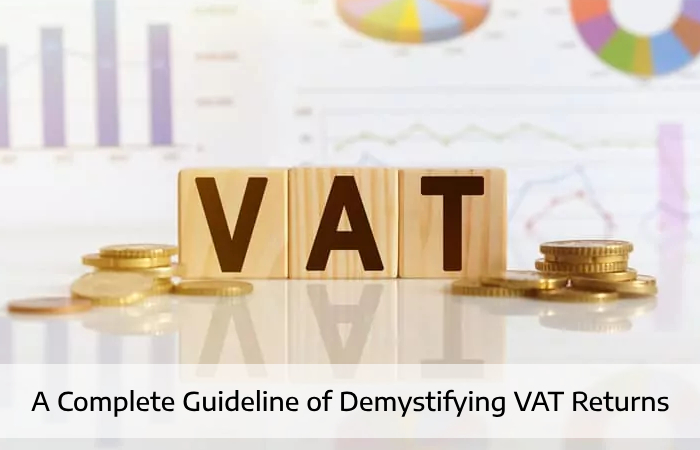
In the intricate landscape of finance, few things are as crucial as Value Added Tax (VAT) returns. This comprehensive guide is dedicated to unraveling the intricacies of VAT returns, shedding light on their significance, the process involved, and how businesses can ensure compliance and optimize their financial operations.
Understanding VAT Returns
VAT returns are a fundamental aspect of a business’s financial responsibilities. They represent the formal declaration of the VAT collected and paid by a business to the tax authorities. VAT is collected at each stage of the supply chain, and businesses are responsible for ensuring that the correct amount of VAT is remitted to the government.
The VAT Return Process
Reporting Periods
Businesses submit VAT returns at regular intervals, usually on a quarterly basis. However, reporting periods might vary depending on the jurisdiction and the turnover of the business. It’s imperative for businesses to accurately track their sales, purchases, and VAT payments during each reporting period.
Calculating Output VAT and Input VAT
The core of the VAT return process lies in calculating the output VAT and input VAT. Output VAT is the VAT charged by the business to its customers on the sale of goods or services. Input VAT, on the other hand, is the VAT paid by the business on its purchases. The difference between output VAT and input VAT is the amount of VAT owed to the government.
Filling Out the VAT Return Form
The next step involves filling out the VAT return form provided by the tax authority. This form typically requires businesses to provide detailed information about their sales, purchases, and VAT payments during the reporting period. Accuracy is paramount at this stage to avoid discrepancies and potential audits.
Settling VAT Liabilities
Once the VAT return form is submitted, businesses must settle their VAT liabilities. If the output VAT exceeds the input VAT, the business must pay the difference to the government. Conversely, if the input VAT surpasses the output VAT, the business might be eligible for a VAT refund.
Ensuring Compliance and Avoiding Pitfalls
Maintaining meticulous records of all transactions is essential for VAT compliance. This includes invoices, receipts, and other supporting documentation. Accurate records not only facilitate the VAT return process but also serve as evidence in case of audits. Timely submission of VAT returns is crucial. Late submissions can result in penalties and interest charges.
Businesses should stay informed about the submission deadlines in their jurisdiction and ensure that all necessary documents are prepared well in advance. Before submitting the VAT return form, businesses should conduct a thorough review and reconciliation of their financial records. This minimizes the risk of errors and discrepancies that could lead to inaccurate VAT calculations.
VAT Returns and Business Efficiency
Accurate VAT returns contribute to effective cash flow management. By correctly accounting for VAT liabilities, businesses can plan their finances more strategically, ensuring that funds are available to settle tax obligations. Complying with VAT return requirements demonstrates a business’s commitment to transparency and ethical financial practices. This can enhance the business’s reputation and foster trust among customers, suppliers, and stakeholders.
Different sectors and industries might have unique VAT considerations. For example, businesses involved in international trade, e-commerce, or specialized services might face additional challenges when dealing with VAT returns. Seeking professional advice tailored to the specific industry can prove invaluable.
In the intricate world of taxation and financial management, VAT returns stand as a pivotal obligation for businesses of all sizes and industries. This guide has delved into the crucial elements of VAT returns, from the process itself to the significance of accurate record keeping and compliance. By mastering the art of VAT returns, businesses can navigate the complex tax landscape with confidence and ensure the stability of their financial operations.
Leave a comment